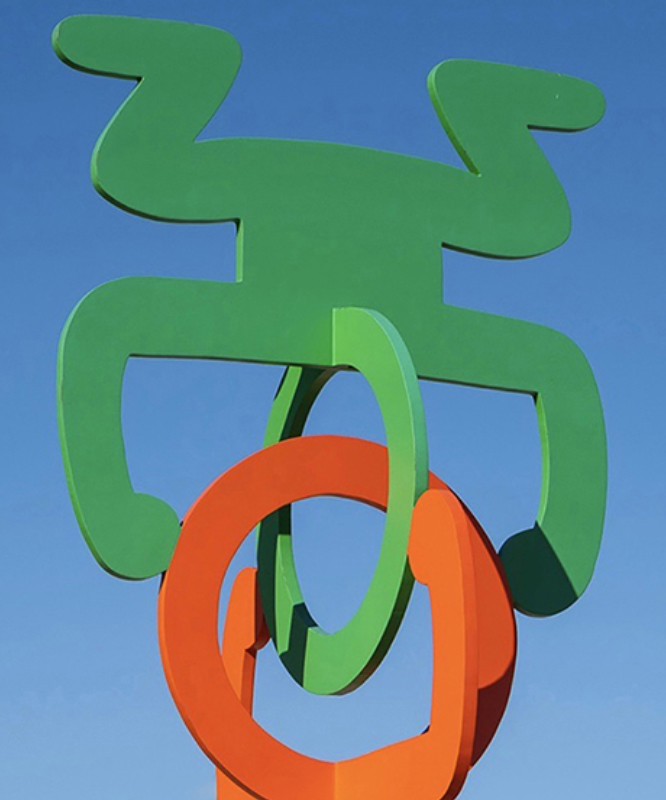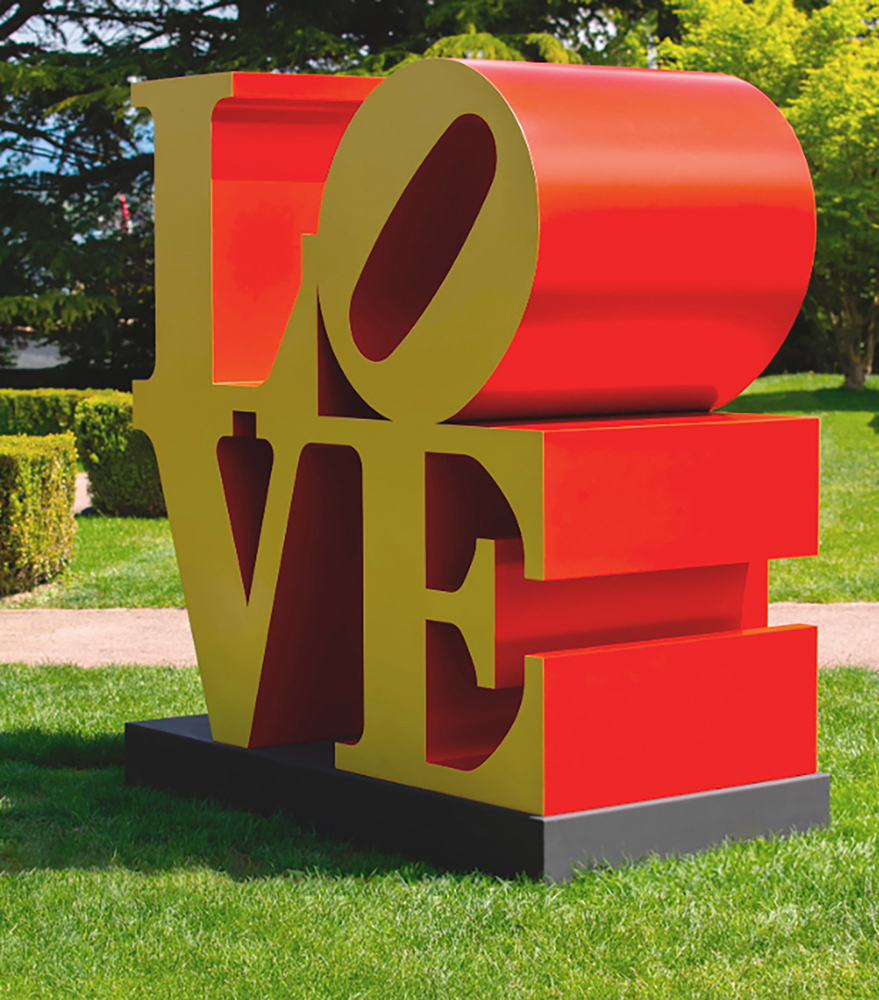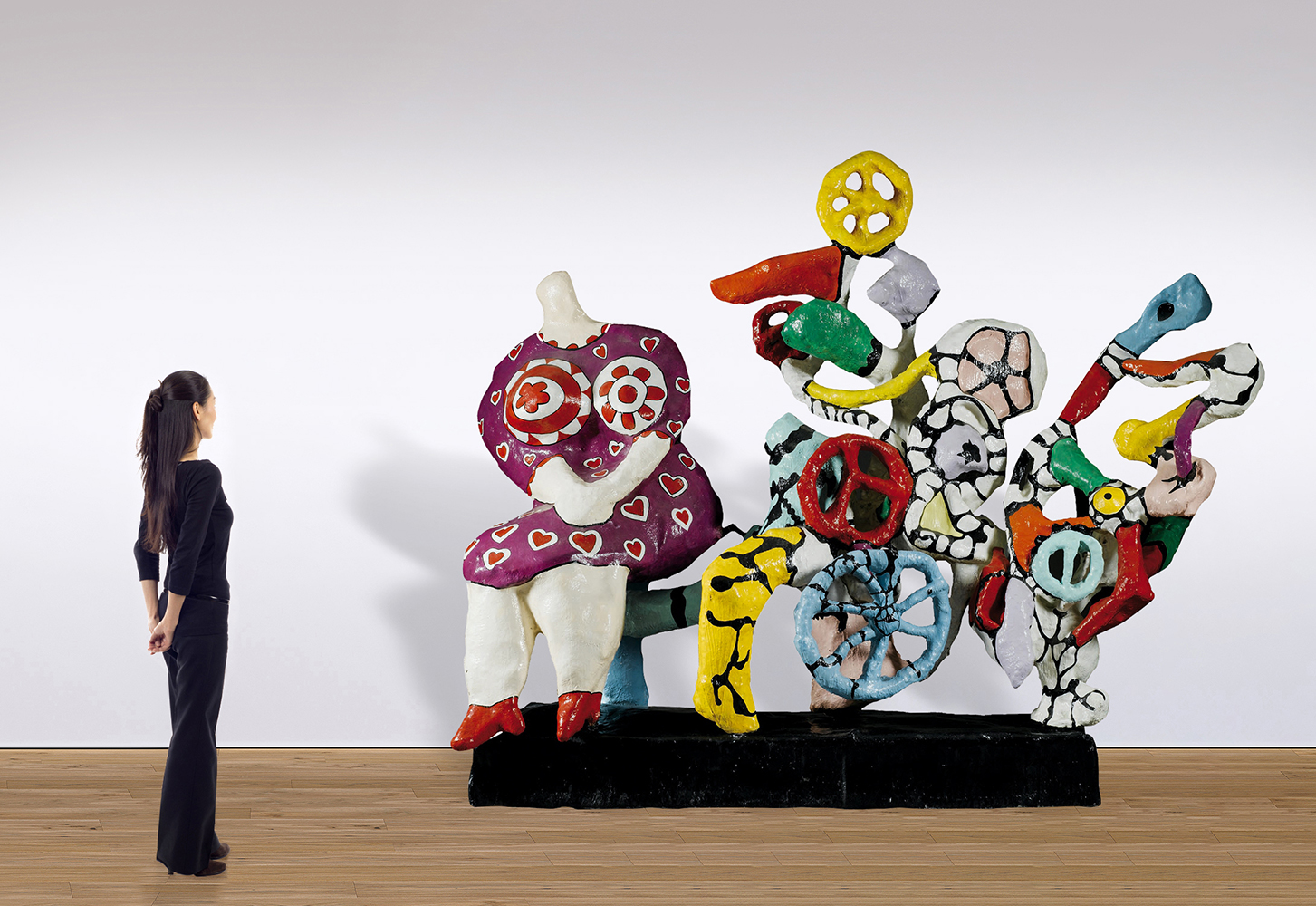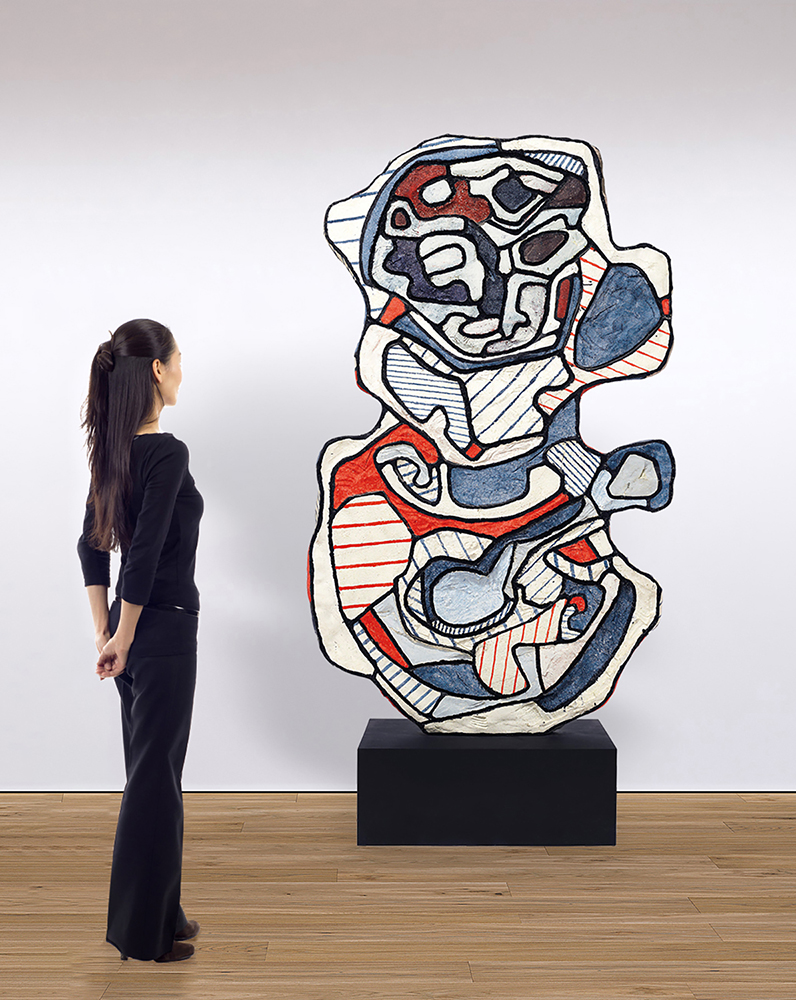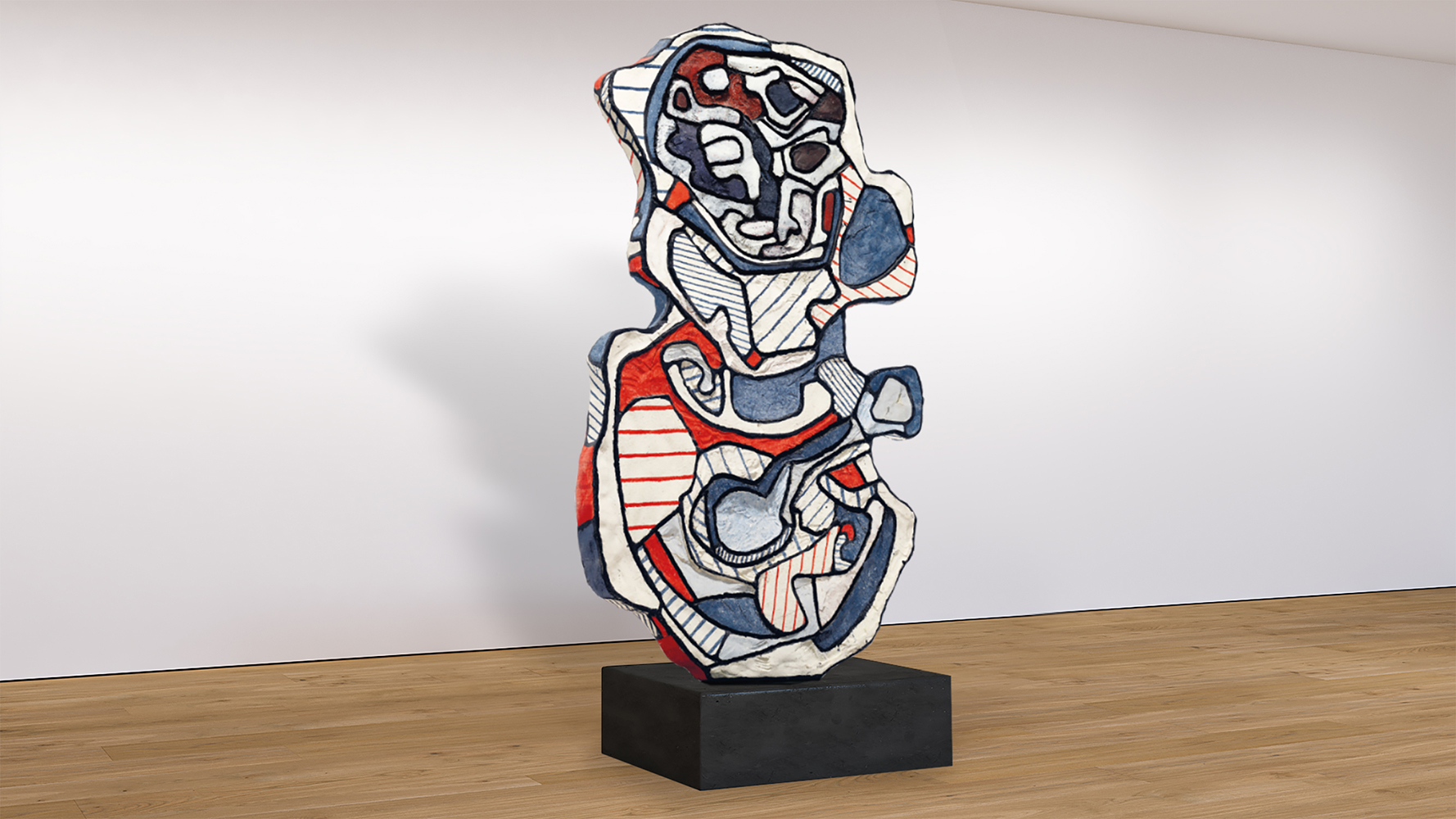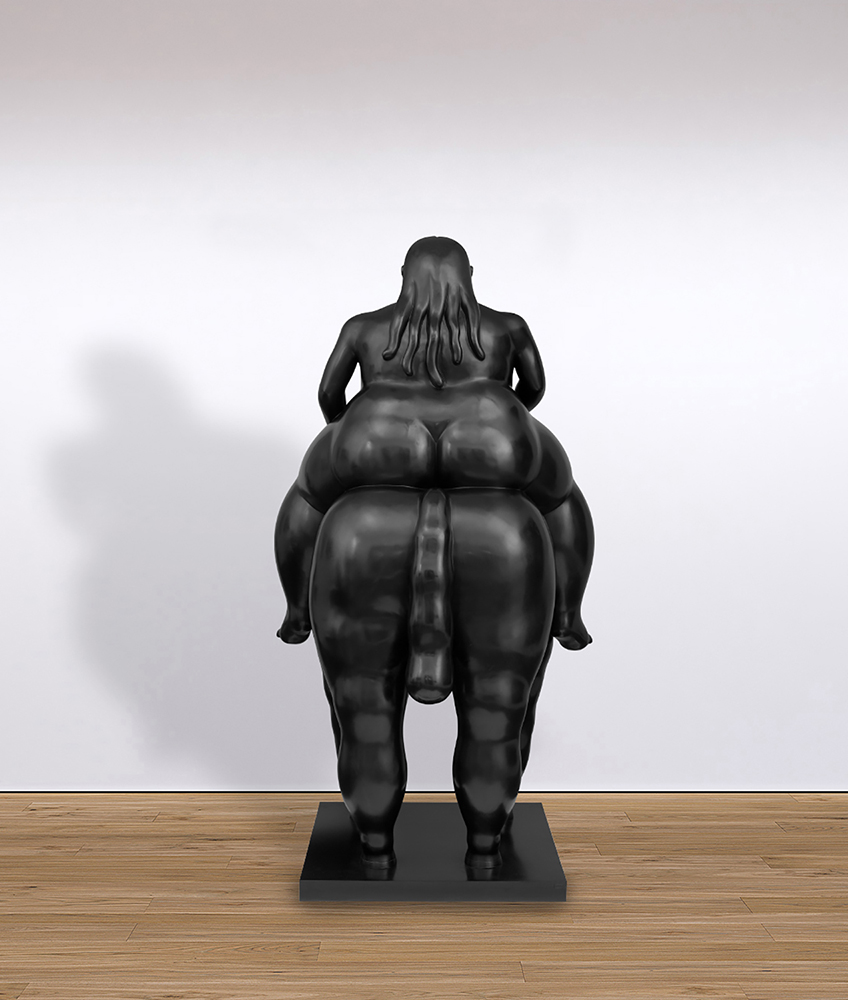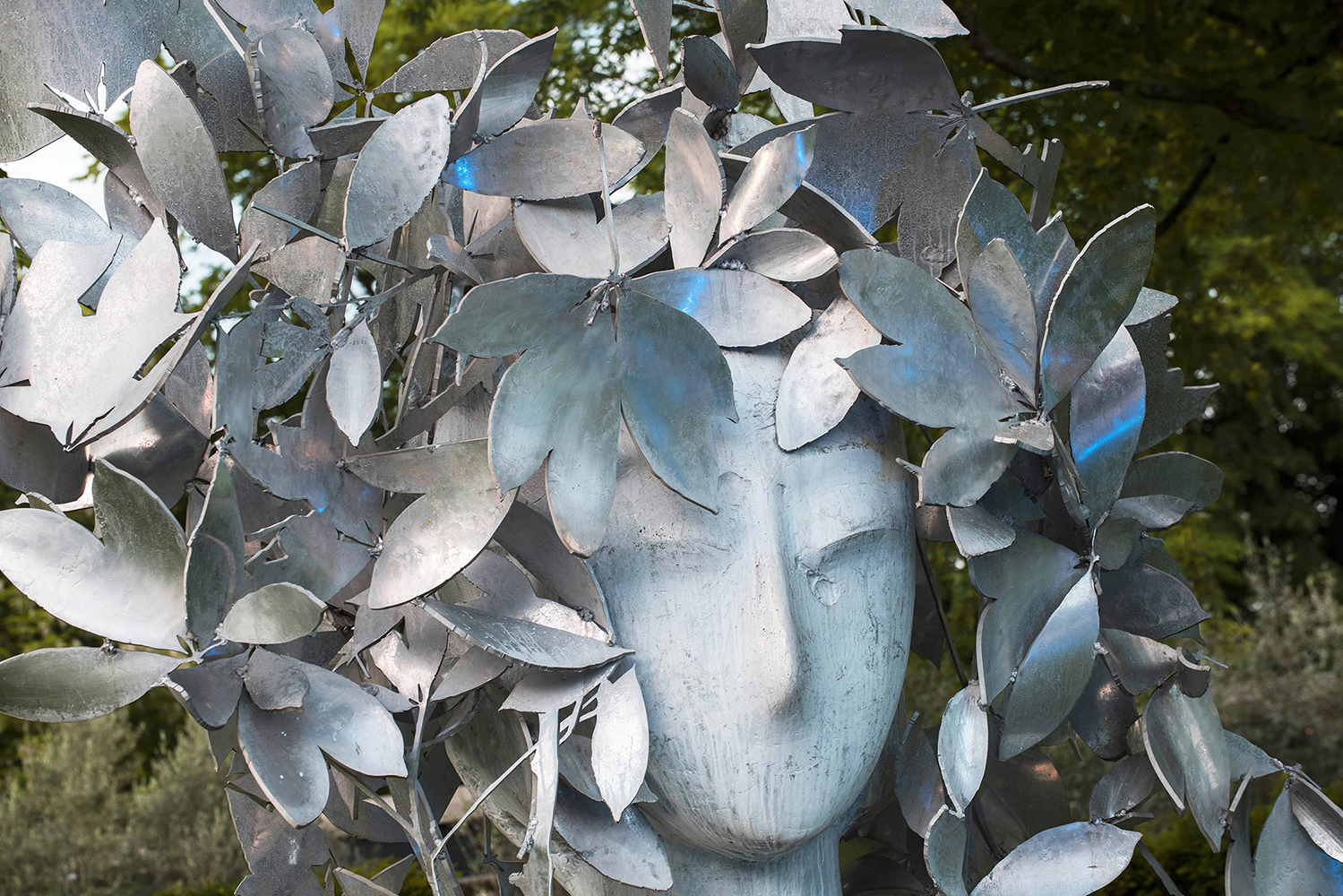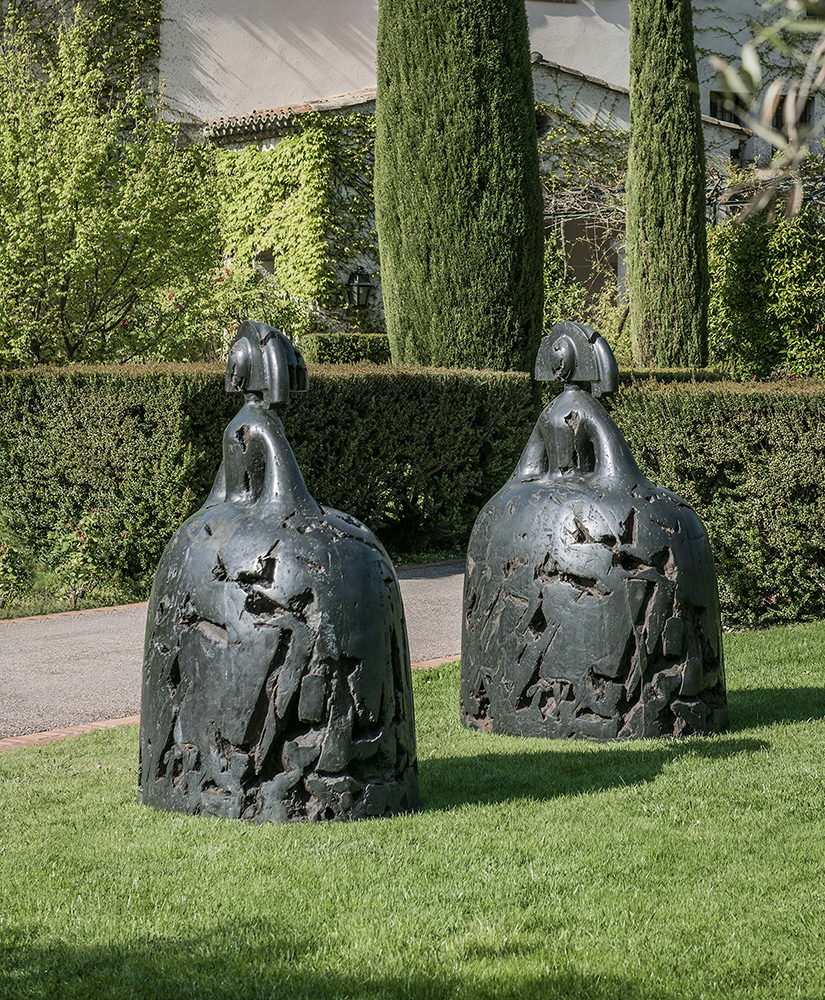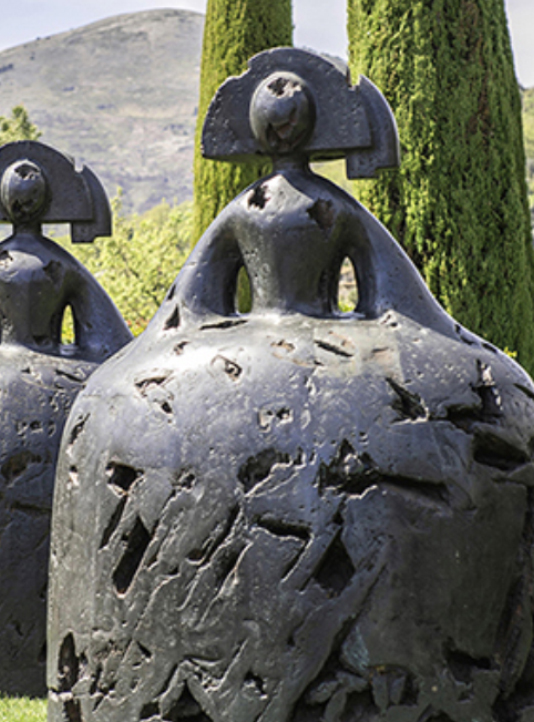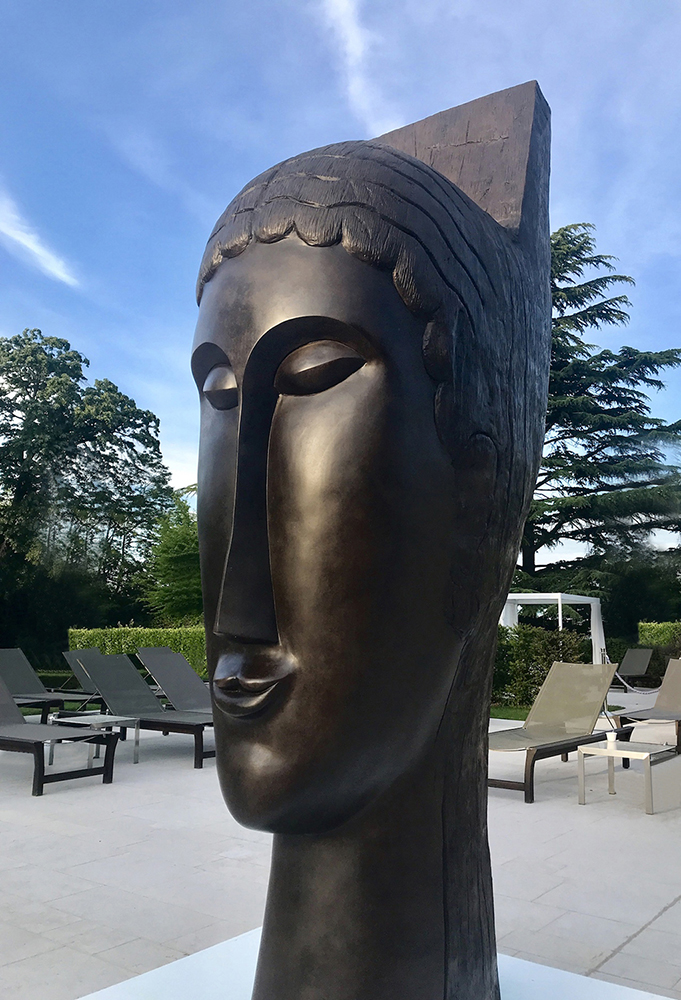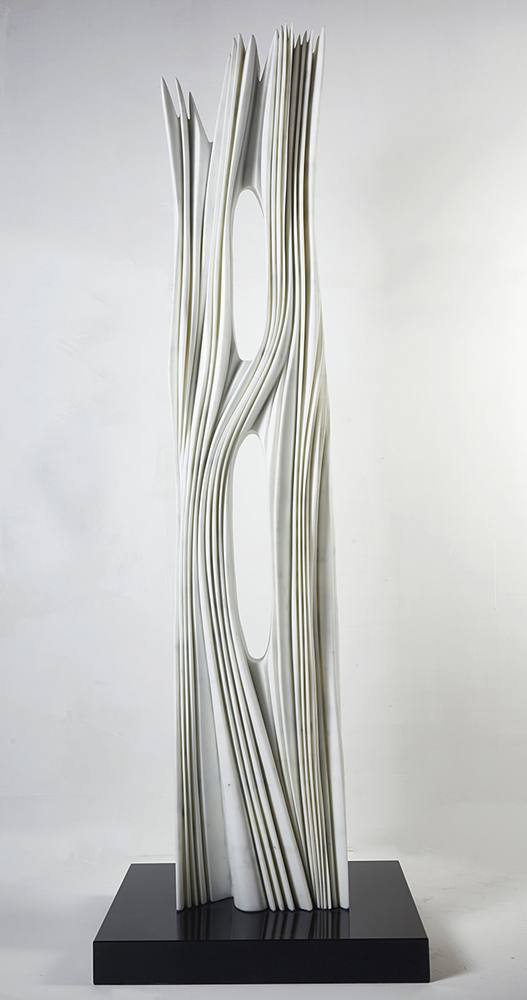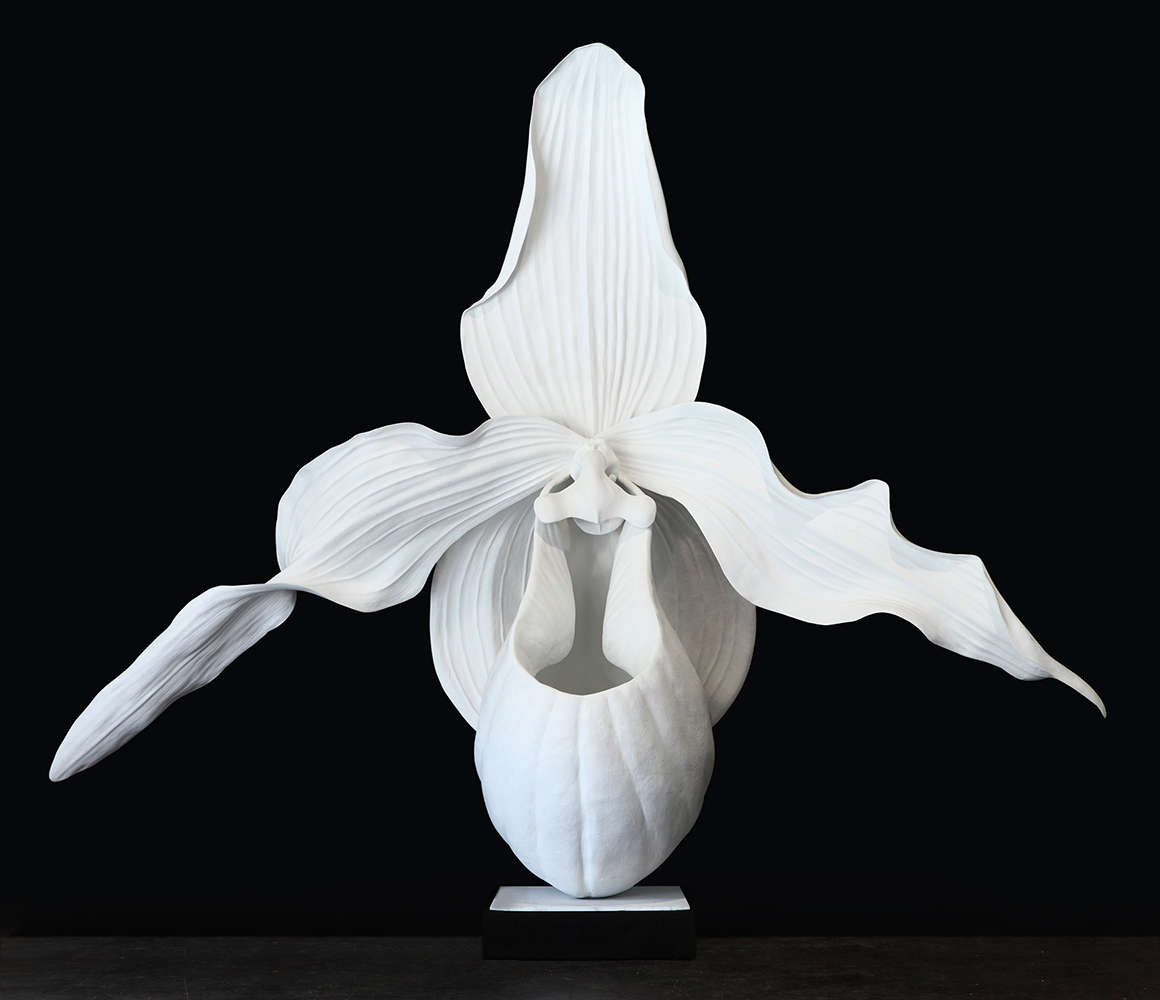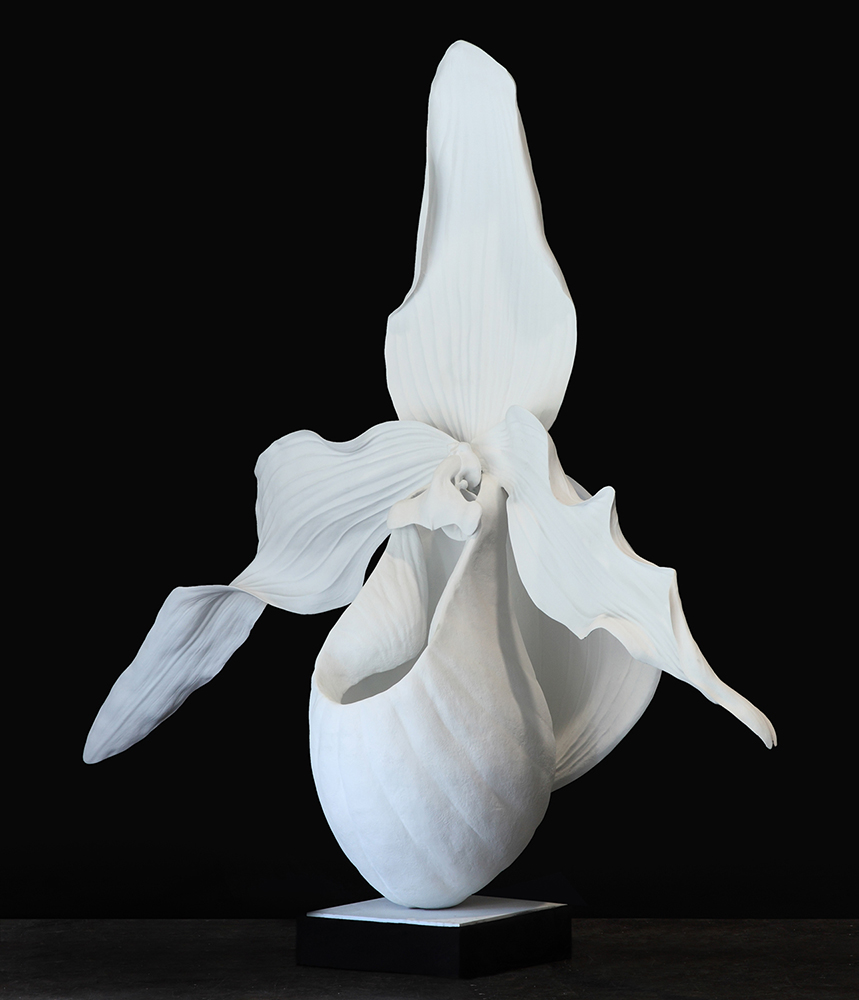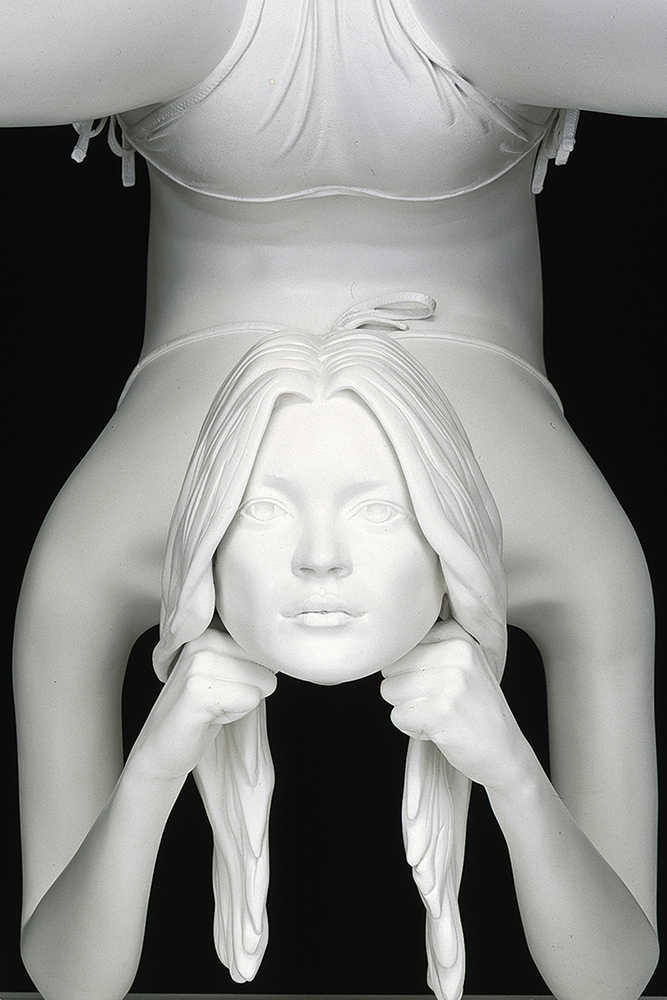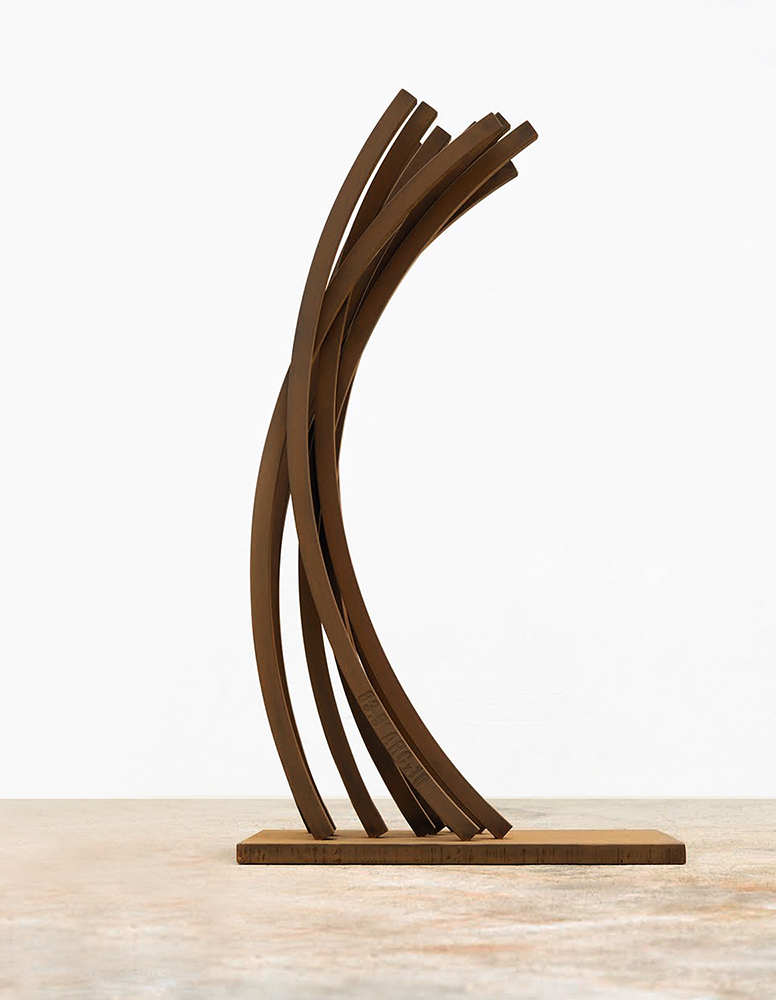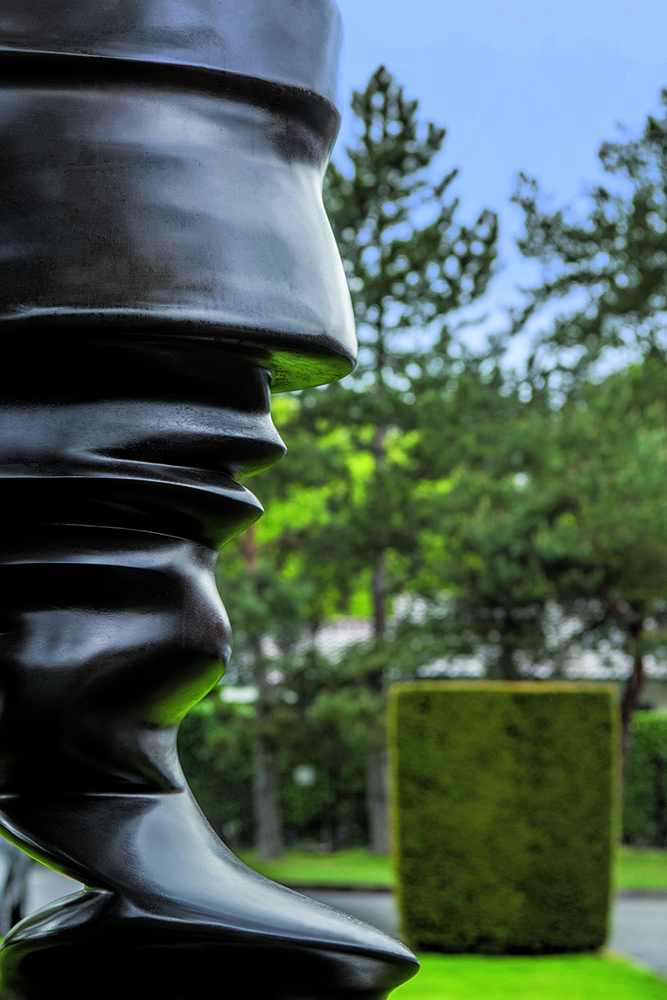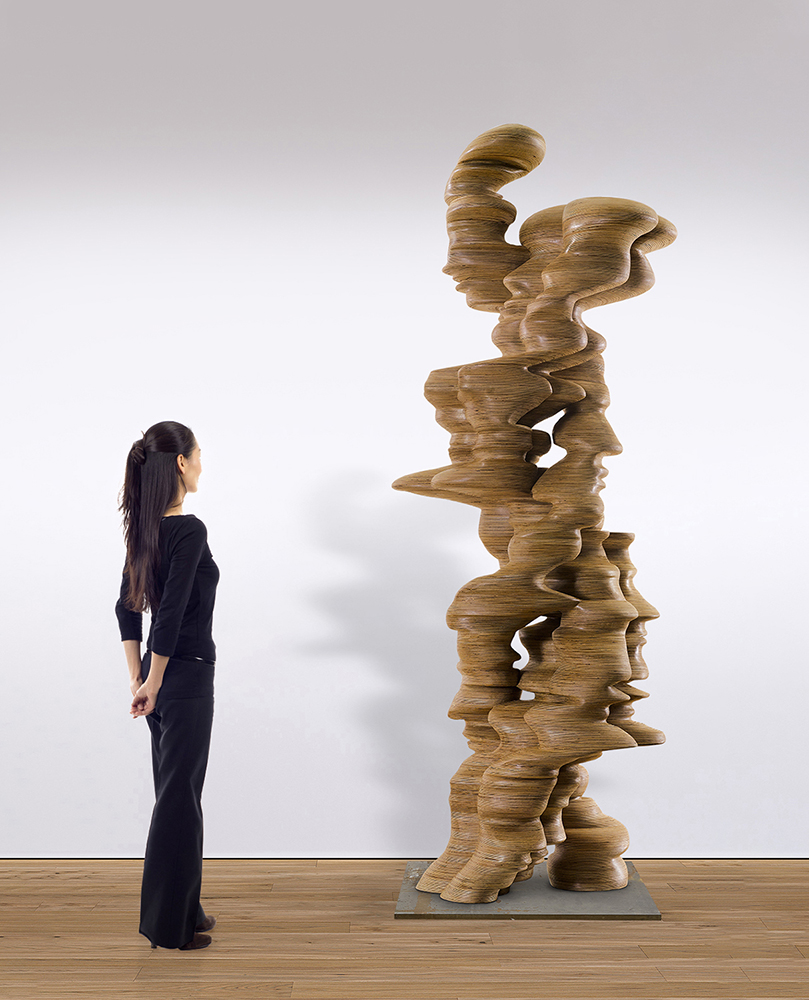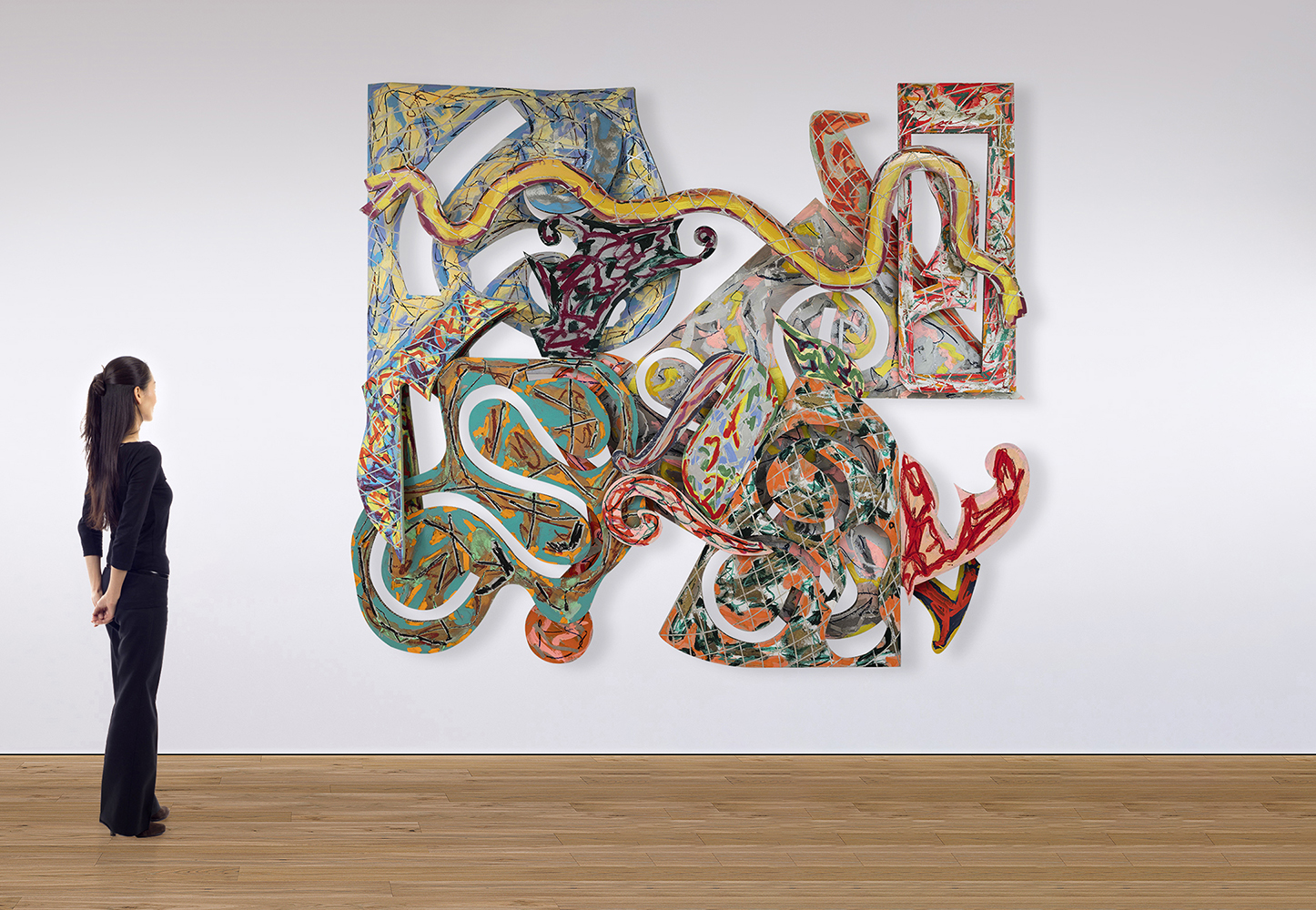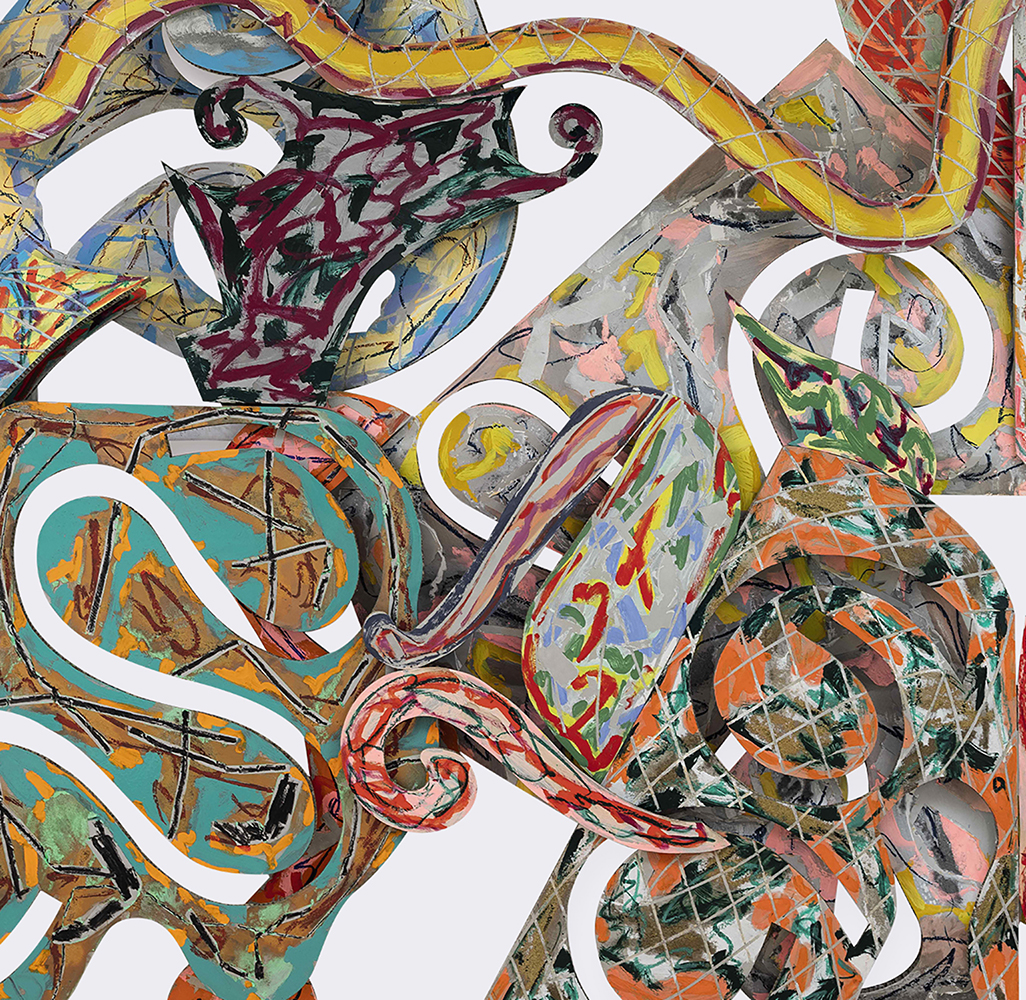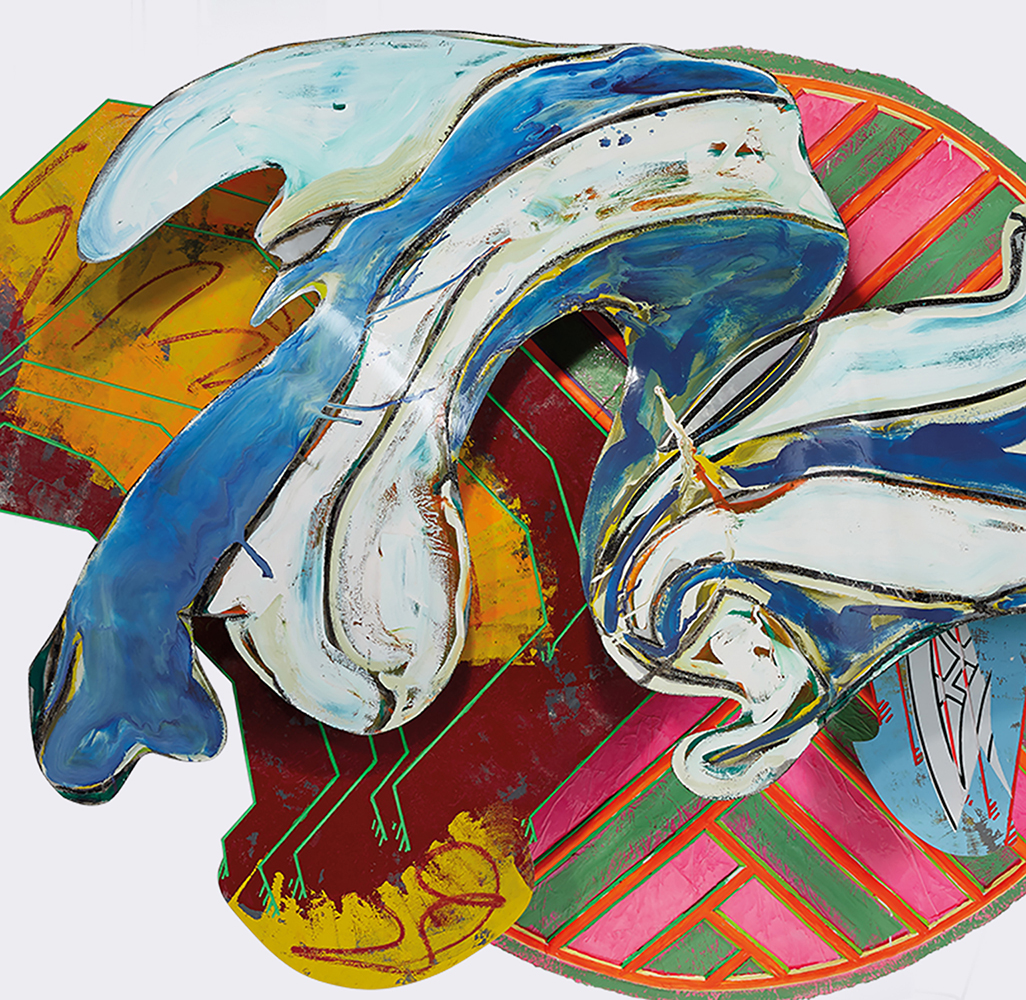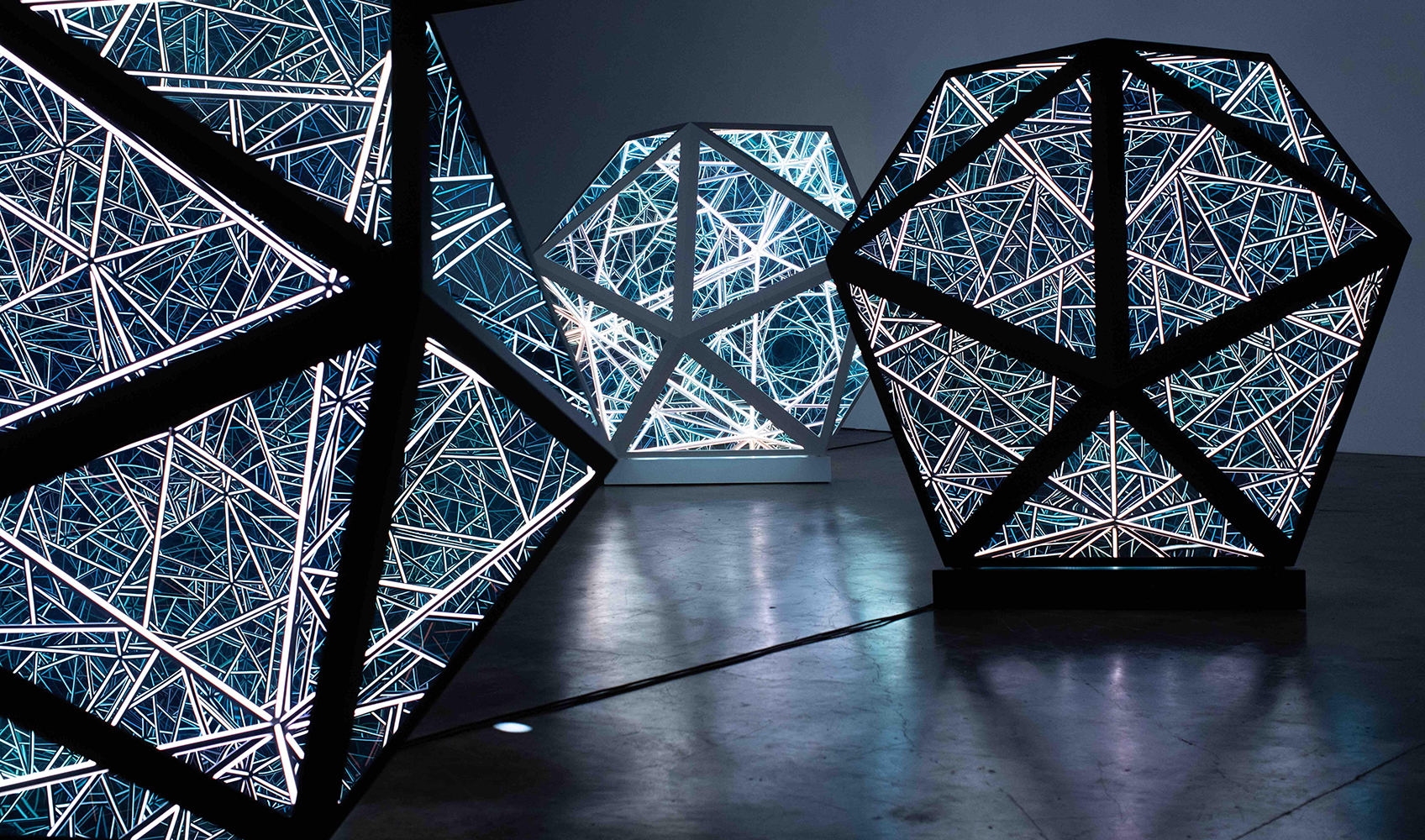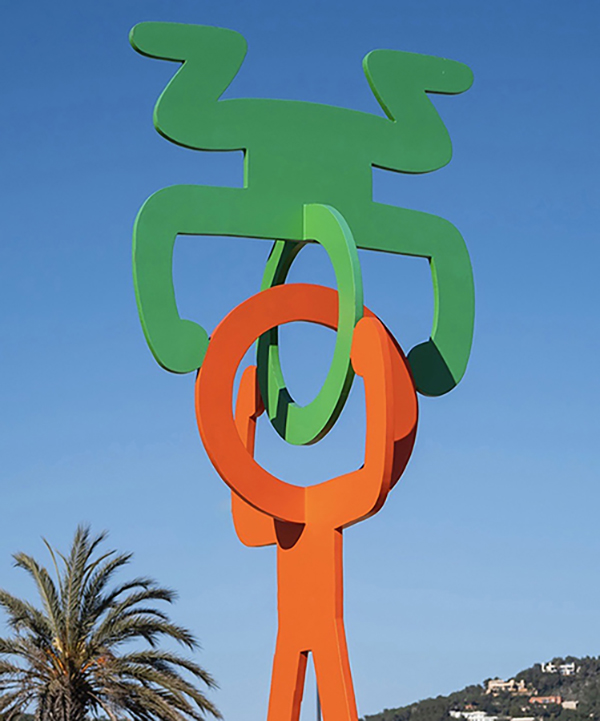
Viewing Room
Larger - Than - Life
Opera Gallery is pleased to present an exhibition featuring
over 20 big, bold and beautiful sculptures by 13
modern and contemporary artists from across the world. This immersive online show, with
“larger-than-life”
artworks presented outdoors as well as indoors, would have been impossible to stage in
reality, as none of
our 13 exhibition spaces could accommodate so many large pieces at the same time.
Whether to inspire awe or push the technical limits of their medium, sculptors have long worked on a larger-than-life, even monumental scale. Monumental art has always caught the attention of the human eye, it alters or emphasizes the viewer’s perception of space and proportion. Furthermore, large volumes often contribute to convey strong messages, that the artists are thus able to express fully: the imposing and majestic proportions of monumental sculptures give a sense of power, evoke admiration and wonder and never cease to amaze.
Whether to inspire awe or push the technical limits of their medium, sculptors have long worked on a larger-than-life, even monumental scale. Monumental art has always caught the attention of the human eye, it alters or emphasizes the viewer’s perception of space and proportion. Furthermore, large volumes often contribute to convey strong messages, that the artists are thus able to express fully: the imposing and majestic proportions of monumental sculptures give a sense of power, evoke admiration and wonder and never cease to amaze.

Keith Haring
Untitled (Head Stand)1988
Painted steel
701 x 302 x 302 cm
276 x 119 x 119 in
Constantly looking at the world around him for inspiration, Keith Haring found
great
interest in capturing the living forms of contemporary dancers: break dance and electric boogie
culture
taking hold of America’s youth in the late twentieth century. In Untitled
(Head Stand), Haring presents two figures in a ‘totem pole’ sequence where the man
balancing on
top relies on the strength and stability of his counterpart below. The vibrant colours and the
typical
cartoon-like style contribute to the jovial and naive sensibility of this work.
Robert Indiana’s archetypal stacked
LOVE composition, with its bold serif lettering of
VE stacked beneath the L and tilted O, is one of the most ubiquitous works of art of the century.
"Some people like to paint trees. I like to paint love. I find it more
meaningful than
painting trees."

Robert Indiana
Love (Gold faces - Red sides)1966-2002
Polychrome aluminium
182 x 182 x 91 cm
72 x 72 x 36 in

Niki de Saint Phalle
La machine à rêver1970
Fiberglass and painted polyester
280 x 346 x 120 cm
110.2 x 136.2 x 47.2 in
La machine à rêver associates the
‘character’ of Saint Phalle’s legendary Nana figure with
the fractured composition of a riding/cycling
vehicle. The blind body enjoys the simulated mechanisms of a dream-cycle as she is pulled on the
back of a
wheeled machine. With this sculpture, Niki de Saint Phalle departs from the single-figure Nana and
begins to
explore the greater and bolder dimensions of the oversize goddess set in oversized furnishings.
Demonstrating the unique pictorial language that Jean Dubuffet pioneered in
his
seminal L’Hourloupe series, Tea
cup I is a monumental personification of a simple daily ritual, where the humble cup of
afternoon
tea has been elevated to heroic proportions.
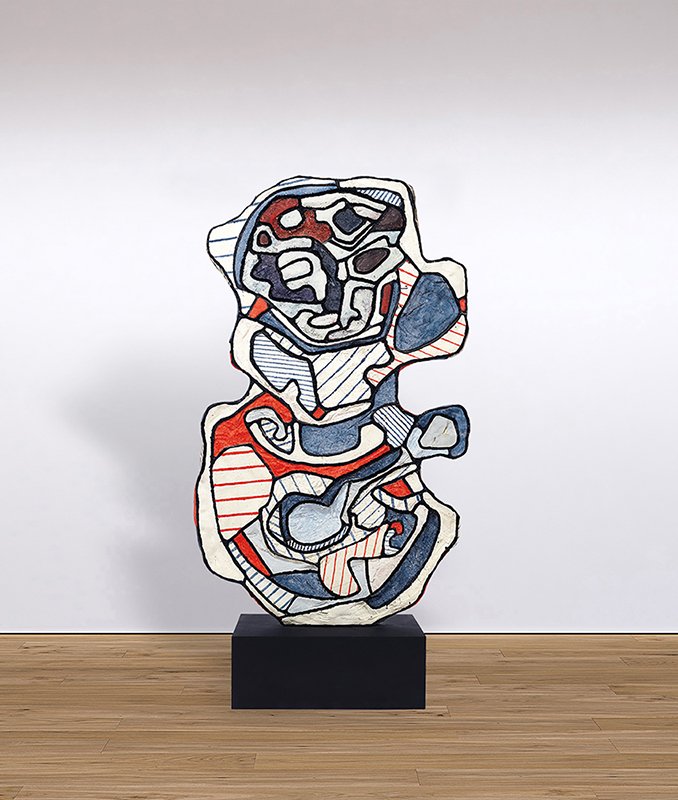
Jean Dubuffet
Tea cup I1967
polyurethane paint on polyester resin
197 x 127 x 10 cm
77.8 x 50 x 4 in
"Sculptures permit me to create real volume. One can touch the forms, one can
give them
smoothness, the sensuality that one wants."
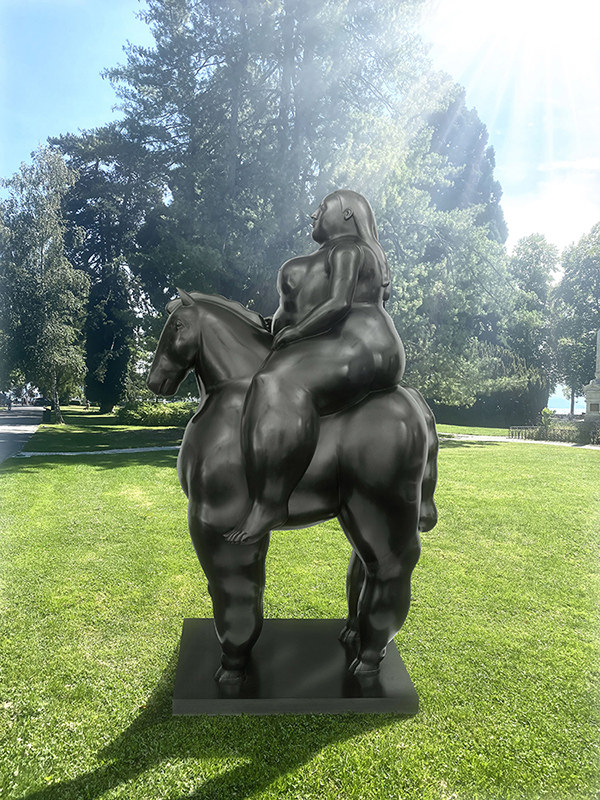
Fernando Botero
Woman on a Horse1990
Bronze
183 x 102 x 112 cm
72 x 40.2 x 44.1 in
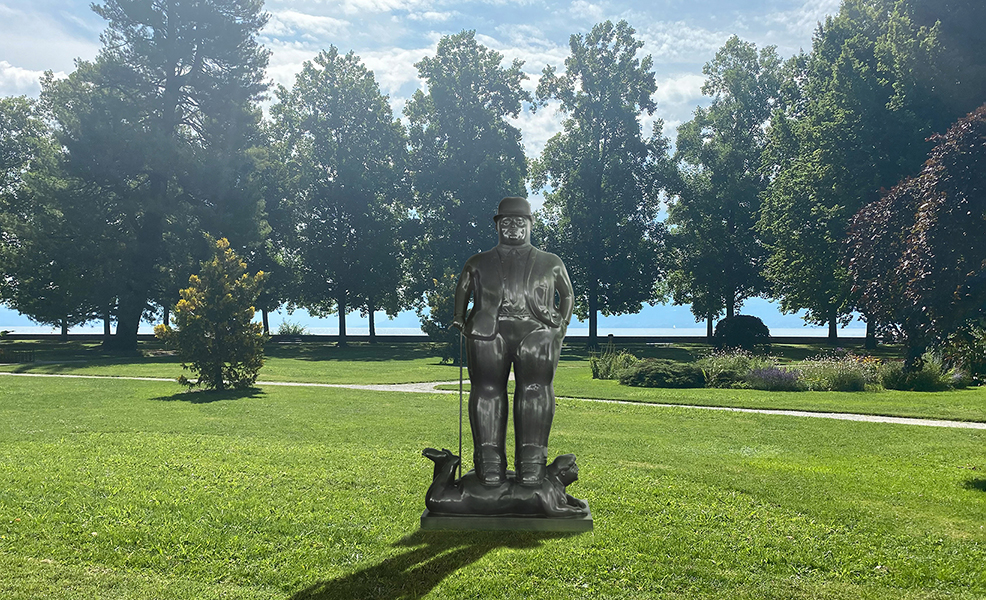
Fernando Botero
Man with Cane1988
Bronze
240 x 120 x 67 cm
94.5 x 47.2 x 26.7 in

Manolo Valdés
Ariela2011
Aluminium
305 x 294 x 150 cm
120.1 x 116 x 59.1 in
"We build upon that which art history has placed in our hands"
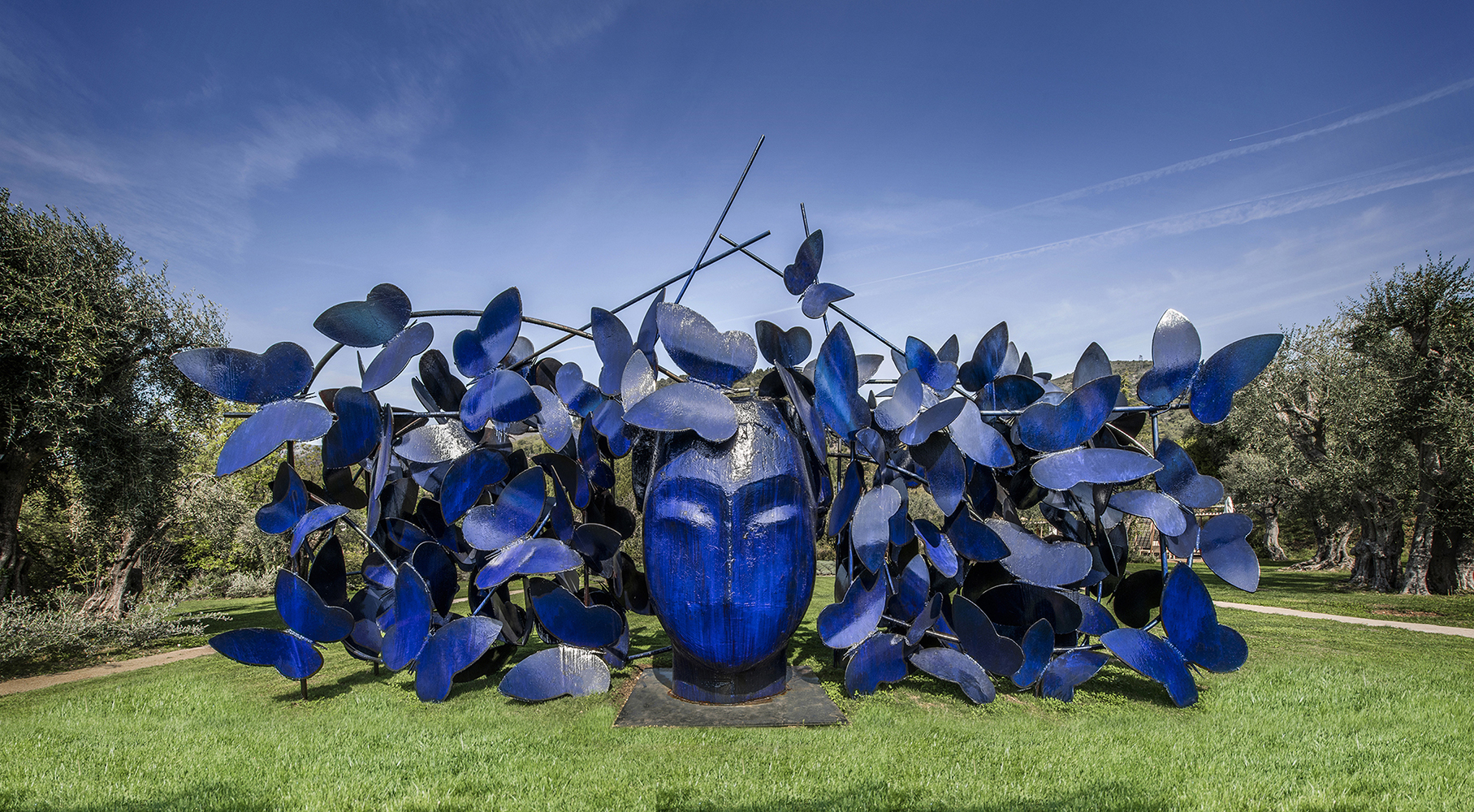
Manolo Valdés
Mariposas2015
Painted steel and steel wires
540 x 1100 x 660 cm
212.6 x 433.1 x 259.8 in
Walking through Central Park a few years ago, Manolo Valdés saw a woman
sunbathing,
with monarch butterflies swirling around his head. That image - along with an exhibition of tropical
butterflies at the American Museum of Natural History and a Spanish expression describing people
with a lot
of ideas as having butterflies in their heads kindled something in the artist.“ All of a sudden,
they were
everywhere,” Valdés said of the butterflies in an interview with The New York Times. “That’s how
ideas
start. You never know when one is going to pop in.”
Manolo Valdés captures Las Meninas by
Velázquez, details them, diverts them and multiplies them. He explains: “What amuses me the most is
to
repeat the same image while transforming it. A single creation is not enough to tell everything. As
with
photography, several shots are needed to tell a story”.

Manolo Valdés
Reina Mariana2017
Bronze
180 x 120 x 135 cm
70.9 x 47.2 x 53.1 in

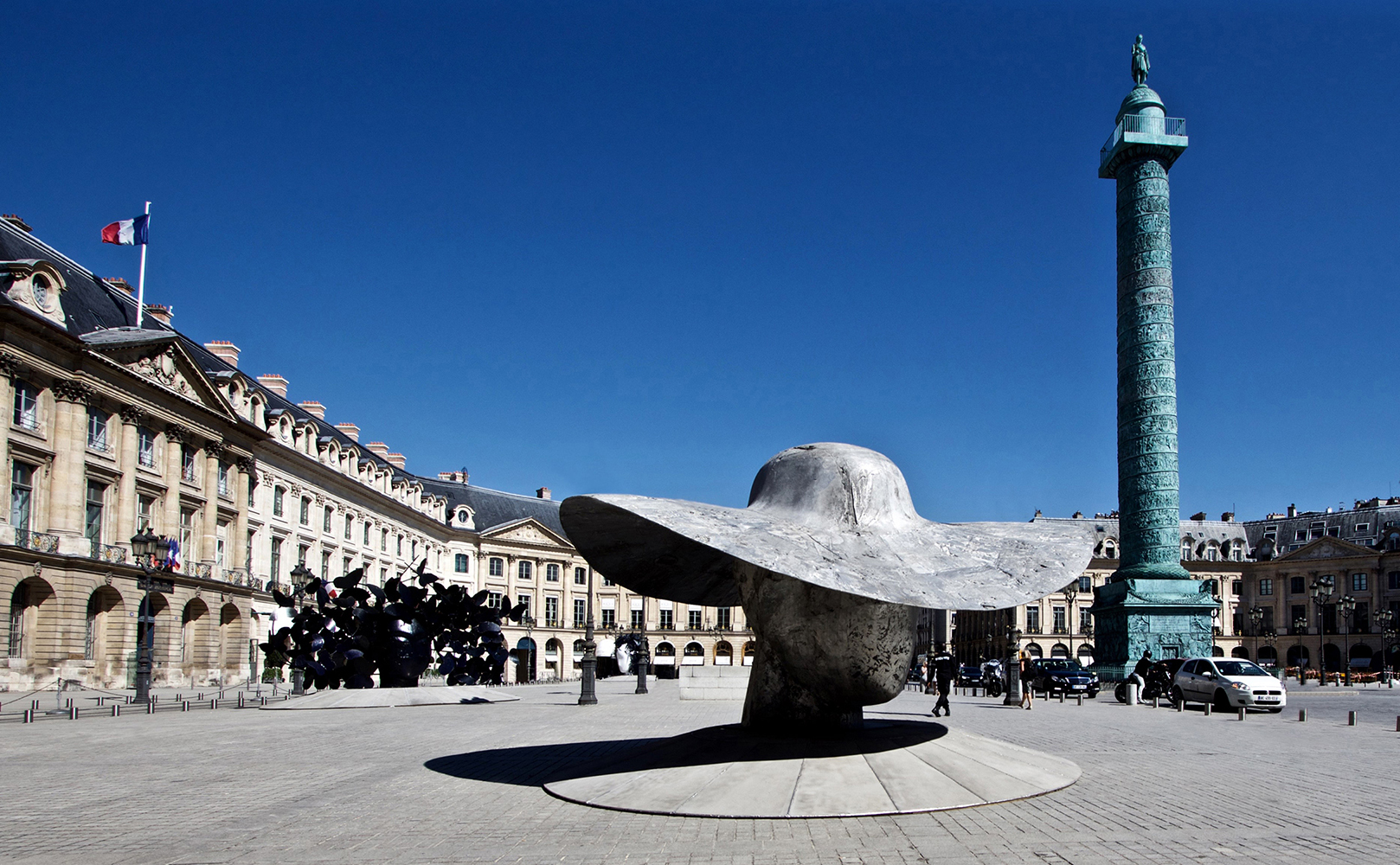
Manolo Valdés
La Pamela2015
Aluminium
385 x 680 x 680 cm
151.6 x 267.7 x 267.7 in
Valdés comments on the juxtaposition between the static faces of his
sculptures and
their dynamic headdresses, stating, “I must admit that I adore the pronounced tension that is
established
between the two parts; it’s as if they were two entirely different sculptures. And the challenge is
having
them function as a harmonious whole, as well as allowing their initial different formulation to be
seen not
as something separate but as something enriching.”

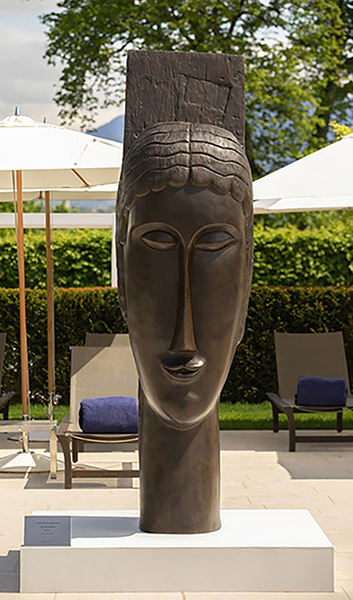
Amedeo Modigliani
tête de CariatideBronze
227 x 75 x 85 cm
89.4 x 29.5 x 33.5 in

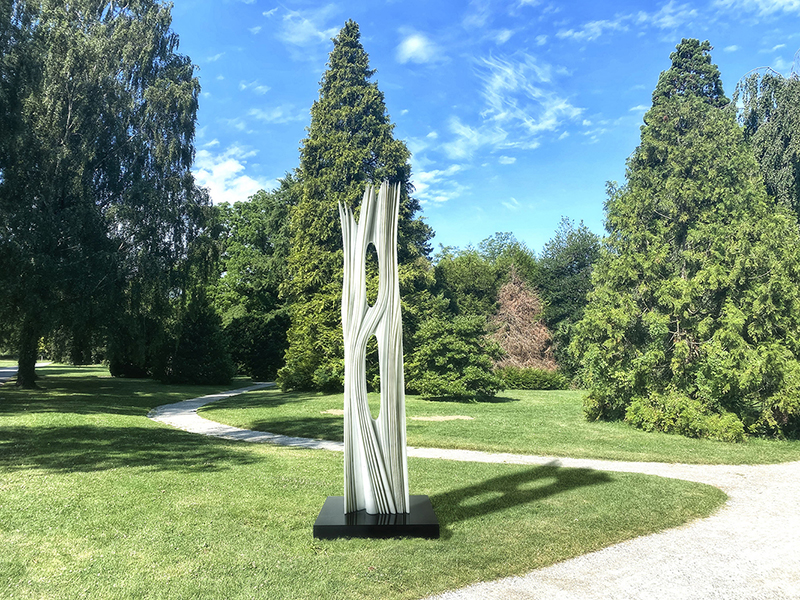
Pablo Atchugarry
Esprit de Paris2019
Statuary Carrara marble
221 x 43 x 27 cm
87 x 16.9 x 10.6 in
"When I started to work as an artist, I realised very quickly that I had no
other
choice but
to become a sculptor. The first time I visited Carrara, it was like finding true love. I felt that
Michelangelo had been there and left something there for other sculptors to follow in his footsteps.
Every
time I go to Carrara, I have the same feeling: that the mountain is somehow entrusting its children
to me."

Marc Quinn
The Archaeology of Desire2009
White painted bronze
232 x 295 x 100 cm
91.3 x 116.1 x 39.4 in

Marc Quinn
Myth Fortuna2019
Bronze
235 x 230 x 270 cm
92.5 x 90.6 x 106.3 in
"The yoga-like pose, reminiscent of an Indian sculpture of Shiva, is in a
contemporary scene
about trying to affect spirit through the body. It also seems to symbolise that Kate’s Moss image is
sculpted by
society’s collective desire, contorted by outside influences. She is the reflection of ourselves, a
knotted
Venus for our age, a mirror, a mystery, a sphinx."

Bernar Venet
83.5° ARC X 102018
Cor-ten steel
197 x 108 x 70 cm
77.6 x 42.5 x 27.6 in
Bernar Venet’s sculptures are named after their mathematical compositions,
referencing
only the degree of the angle or curve that determines the work’s form and the number of elements in
the
composition, demonstrating the artist’s theoretical and formal investigations of order and disorder,
and the
determinate and indeterminate.
"I like to create the internal structure of things – the human figure is an
organic
form, but has many geometries: our organs, bone structure, cells and molecules. Then I like to vary
this
structure till it has an emotional effect on me."

Tony Cragg
Out of Sight, Out of Mind2003
Pair of bronze sculptures
300 x 135 x 150 cm
118.1 x 53.1 x 59.1 in
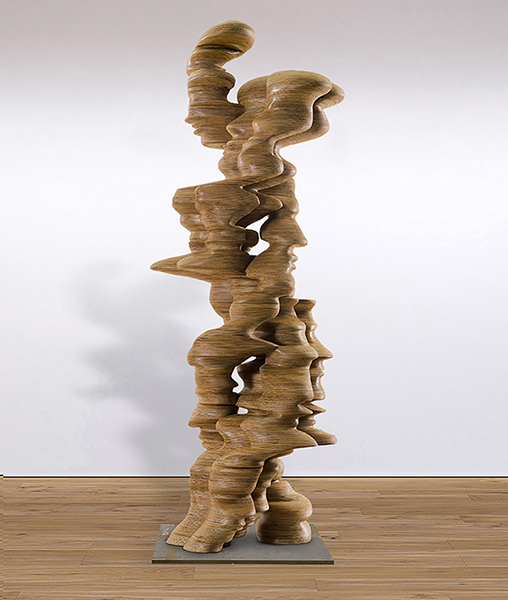
Tony Cragg
Chain of events2007
Wood on metal base
290 x 105 x 105 cm
114.2 x 41.3 x 41.3 in
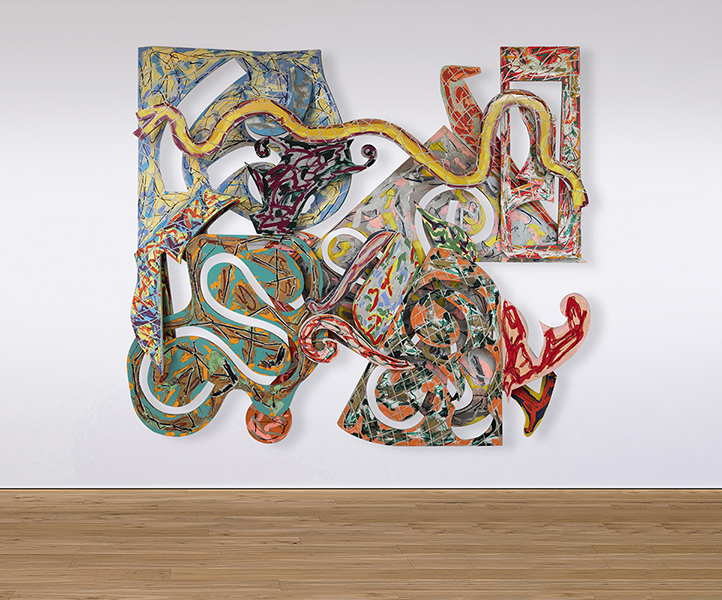
Frank Stella
Estoril #XII, 4.75X (2nd version)1982
Oil stick, urethane enamel, alkyd and Magna on etched magnesium
283 x 323 x 43 cm
111.4 x 127.2 x 16.9 in
Frank Stella’s Estoril XII,
from Circuits, 1982 is part of the artist's acclaimed
series inspired by
race tracks from around the world. This particular example takes the forms of the Estoril circuit,
the
auto-racing track in Portugal as Stella's subject matter. From an aerial perspective, Stella
captures the
fluidity and directional flow of the circuit, a mixture of angular and organic lines.

Frank Stella
Does the Whale Diminish?1988
oil, oil stick and enamel on aluminum construction
203 x 365 x 91 cm
80 x 144 x 36 in
"Yes, but Moby Dick was for me, much
more.
It’s
not fair to Melville, but it was an around-the-world adventure story about struggling with
larger-than-life
forces."

Anthony James
80" Icosahedron2020
Stainless Steel, specialised glass, LED lighting
203 x 203 x 203 cm
(80 x 80 x 80 in)
"I try to make a visual description of the infinity, the cosmos or the divinity
inside
oneself."
